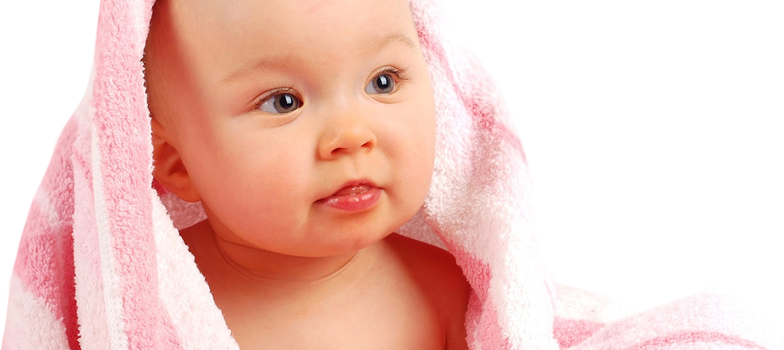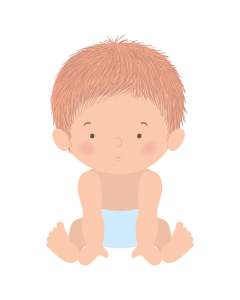Valley Dermatology
Children’s skin problems span nearly two decades from birth through adolescence. Several common pediatric skin conditions will be discussed including: diaper dermatitis, atopic dermatitis, warts, and acne.

Newborn baby skin conditions
Desquamation
Desquamation (say: des-kwa-may-shun), or skin peeling, is something that affects most babies in the first few days of life, especially if they are born after their due date. It is completely normal.
How to treat it: Apply moisturizer to the skin.
Cradle cap
This is a crusty greasy scalp rash that commonly occurs in the newborn and slightly older babies.
Milia
These are small white bumps on the baby’s face. They look like whiteheads, but they are small cysts filled with sebum and keratin They are very common during the first few days of life and go away eventually without any treatment.
Miliaria
It has many different appearances: you could find tiny red bumps or little blisters filled with fluid or pus, usually on the baby’s chest or back, underarms, or neck. It happens when sweat ducts on the skin become blocked.
Newborn acne
This is a very common rash for babies. It occurs mostly on the nose and forehead and looks like pimples or blackheads. Newborn acne is thought to happen when either the mother’s or the baby’s hormones cause the baby’s glands to produce more sebum.
Erythema toxicum
Erythema toxicum occurs in the first 3 to 5 days after birth. It is a rash of small red dots (although some can have a central white dot) that usually appears on the chest, back, face, and arms. This is a normal reaction in babies’ skin and it goes away in a few days.
Transient pustular melanosis
Transient pustular melanosis – It appears from birth as tiny white raised bumps on a baby’s neck, chest, back, or buttocks. The bumps will go away on their own, but sometimes they leave slightly darker marks on the skin.

Looking after your child’s skin
A baby’s skin is much thinner and fragile than an adult’s, so you should care for it differently.
Bathe your child gently with a mild soap in warm water for 5 minutes. You can use the same soap to clean their scalp.
After bathing, apply a gentle moisturizer all over the skin and a protective cream on the diaper area to prevent diaper rash.
What is diaper dermatitis?
Diaper dermatitis, or diaper rash as it is more commonly known, is not a diagnosis but rather a category of skin conditions affecting the diaper area.
The most common type of diaper dermatitis is irritant contact dermatitis, associated with skin exposure to either urine or feces (or both) for a long period of time. Irritant contact dermatitis usually appears as bright red, sometimes slightly swollen, or even blister-like patches in the diaper area. Prolonged irritant contact dermatitis can increase the risk of infection in the affected area.

